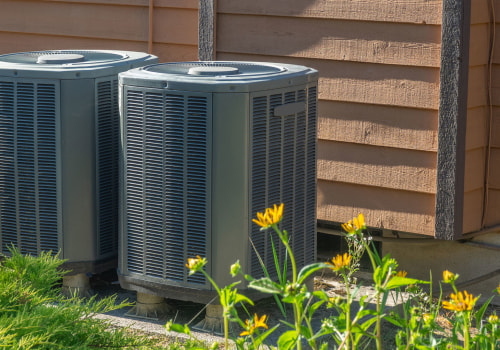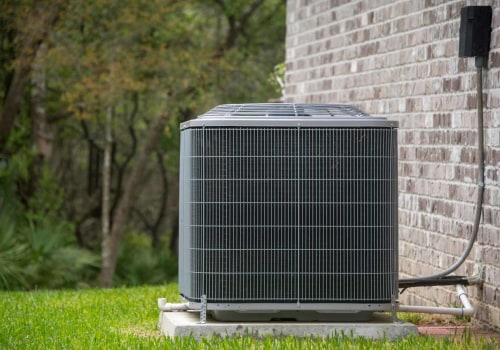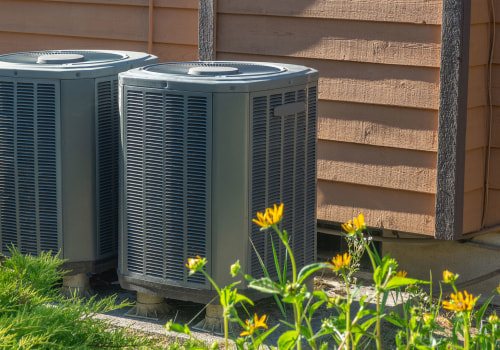Comparative Analysis | Fiberglass Versus Pleated Air Filters in Air Filtration Systems
In this article, we will discuss the subject of fiberglass vs. pleated air filters.
More affordable and accessible options are usually fiberglass, while these may not capture the smaller particles, which would lead to poor indoor air quality.
Pleated filters provide a better class of filtration but generally last longer and are more expensive.
So, which option would suit your needs best? Let's take a closer look at each type and what they have to offer.
Key Takeaways
Cost-effective fiberglass filters are merely filtering out bigger particles; finer allergens pass through.
Pleated filters have superior air quality because of the maximized surface area that traps smaller particles effectively for better filtration.
It replaces the frequency: fiberglass filters need to be changed every month, while pleated filters can stay on for three to six months. This means lessening the effort in maintaining it.
MERV ratings are a measure of efficiency, and as such, are generally higher for pleated filters. Higher ratings normally mean the ability to capture finer airborne particles.
The choice between fiberglass and pleated filters depends on what important considerations are against long-term air quality improvements and ease of maintenance.
Overview of Air Filters
These elements are more vital in improving air quality by trapping dust, pollen, and other particles suspended in the air.
The filters are not all the same; rather, each one is specifically made to fulfill a particular need that arises within the wide range of filtration needs: some are made from fiberglass, others pleated, even HEPA.
Fiberglass filters are less expensive and provide only basic filtration, while pleated filters have a greater surface area that enables them to capture more particles and clean the air more effectively.
Understanding the differences among the options will help explain which option will suit any home.
The efficiency remains intact by the regular replacement or cleaning of air filters. In the event of choked or dirty filters, the flow of air is obstructed, and the general air quality can degrade, hence affecting health.
Knowledge of available filter options allows for informed choices that can enhance indoor environments. Investing in air quality through adequate filtration enhances family comfort and contributes to well-being.
Fiberglass Air Filters Explained
Fiberglass air filters are middle-of-the-road solutions to indoor air quality. Comprised of woven strands of fine fiberglass, they filter in larger particles like dust, pollen, and pet dander, allowing air to flow through the filter while giving some degree of filtration to keep indoor spaces cleaner.
The major positive attribute of fiberglass filters is their cost: most are less expensive than pleated filters, which appeals to the frugal owner. However, efficiency often drops off pretty quickly, so maintenance is a must. A check should be done every month, with replacements every one to three months, depending on air quality and usage in the home.
Following are some maintenance tips that will ensure the best performance of the fiberglass filters. First, the HVAC system has to be very well maintained; the routine inspection schedules should be carried out in addition to proper ventilation across the house. This way, the filtration materials will serve better in overall performance.
While these filters may not be the best for the highest filtration level, they find practical applications in simple air cleaning.
Pleated Air Filters Explained
Pleated air filters provide a more efficient choice compared to fiberglass options, thanks to a design that maximizes surface area for capturing airborne particles. The folds within the filter increase its ability to catch dust, pollen, and other allergens.
Choosing pleated filters leads to significantly improved indoor air quality.
These filters also typically have a longer lifespan. Their capacity to trap more particles means they don't clog as quickly, reducing the frequency of replacements. This saves time and lowers maintenance costs.
Most pleated filters last between three to six months, influenced by the environment and usage patterns.
Selecting a pleated air filter involves considering the MERV rating, which reflects its efficiency. Filters with higher ratings capture smaller particles but might restrict airflow.
Balancing filtration efficiency with the airflow needs of the HVAC system is crucial. Choosing the right pleated filter ensures optimal performance and cleaner air in living spaces.
Comparing Performance and Efficiency
Air quality significantly impacts comfort at home. Comparing performance and efficiency between fiberglass and pleated filters shows notable differences. Knowing these distinctions helps in making an informed choice for air filtration needs.
Filter Lifespan: Generally, pleated filters last longer than fiberglass options. Expect pleated filters to remain effective for up to 90 days or more, while fiberglass filters often require replacement monthly.
Filtration Efficiency: Smaller particles get trapped more effectively by pleated filters, enhancing air quality. MERV ratings for pleated filters usually range from 8 to 13, whereas fiberglass filters typically fall between 1 and 4.
Maintenance Frequency: Less frequent changes for pleated filters mean reduced maintenance time, providing a more convenient solution.
Cost-Effectiveness: Although pleated filters might cost more initially, their extended lifespan and improved efficiency can result in savings over time.
Making the Right Choice
Choosing between fiberglass and pleated filters requires understanding specific needs. Start by evaluating cost.
Fiberglass filters generally cost less initially, appealing to budget-conscious homeowners. However, frequent replacements can lead to higher overall expenses. Conversely, pleated filters, while pricier upfront, often last longer thanks to better filtration.
Next, consider maintenance frequency. For those with busy lives, pleated filters may be preferable, as they can last up to three months or longer.
Fiberglass filters typically need changing every month, which can become burdensome.
Ultimately, the best choice depends on priorities. If immediate savings matter and upkeep isn't a concern, fiberglass could be suitable.
However, if improving air quality and reducing maintenance time is a priority, pleated filters deserve consideration.
Carefully weigh these factors to discover the air filter that fits your home and lifestyle.
Frequently Asked Questions
How often should I replace my air filter?
Replace air filters every 1 to 3 months, based on usage. Regularly changing filters improves air quality and boosts system efficiency in homes. Don't neglect this important task!
Can I clean and reuse fiberglass filters?
Cleaning and reusing fiberglass filters is ineffective. Due to their short lifespan, these filters capture dirt and debris quickly. Proper cleaning techniques do not restore efficiency, making regular replacement the best option.
Do pleated filters reduce airflow in HVAC systems?
Pleated filters can reduce airflow in HVAC systems. However, their design typically boosts airflow efficiency compared to fiberglass filters. Keep in mind that higher filter performance usually results in some airflow reduction.
Are there any health risks with fiberglass filters?
Fiberglass filters may present health risks due to tiny particles released into the environment. Individuals sensitive to allergens or irritants should explore other filter materials that enhance protection and improve air quality.
What is the cost difference between fiberglass and pleated filters?
Considering costs between filters reveals fiberglass options are less expensive initially, yet they have a shorter lifespan. Pleated filters, on the other hand, tend to be more costly but often provide extended usage, resulting in better long-term value.
Learn more about HVAC Care from one of our HVAC solutions branches…
Filterbuy HVAC Solutions - Miami FL - Air Conditioning Service
1300 S Miami Ave Apt 4806 Miami FL 33130
(305) 306-5027
https://maps.app.goo.gl/Ci1vrL596LhvXKU79



